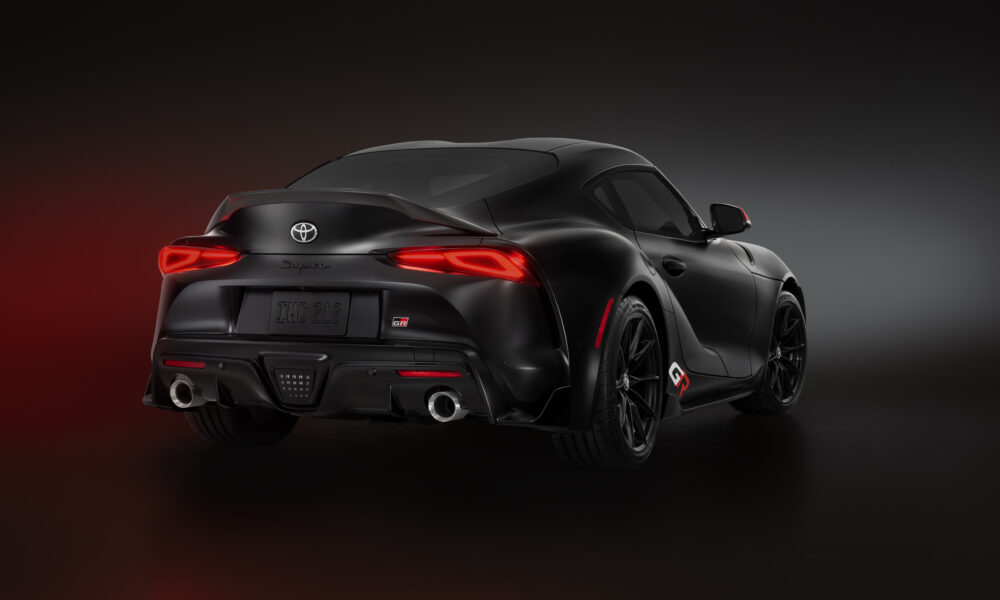System Effective in More Than 90 Percent of Speed Ranges in Rear-end Collisions
Toyota City, Japan, Nov. 12, 2012 — Toyota Motor Corporation (TMC) announces that it has developed a Pre-collision System (PCS) with collision avoidance assist that is effective in helping mitigate even high-speed[1] collisions.
The newly developed PCS uses millimeter-wave radar to detect the risk of a rear-end collision with a preceding vehicle, with the system warning the driver via sound and display alerts to prompt braking when such a risk is detected. When the driver applies the brakes, PCS enables deceleration of up to 60 km/h[2] by greatly increasing the braking force up to twice[3] that of the average force applied by drivers. If the brakes are not applied, automatic deceleration[4] of 15 km/h to approximately 30 km/h[5] is possible[6].
More than 90 percent of rear-end collisions occur when the difference in speed between the preceding and following vehicle is within 60 km/h[7]. TMC aimed to develop a system based on real-world collision data, and has, with its newly developed system, achieved rear-end-collision reducing-effects at the highest level in the industry. The new PCS was developed to be used in a wide variety of models, and is to be rolled out starting with soon-to-be-launched models.
To contribute to the elimination of traffic accident fatalities and injuries—the ultimate goal of a society that values mobility—TMC is conducting research and development on individual onboard safety devices and systems based on its Integrated Safety Management Concept[8], an approach that gives direction to safety technology and vehicle development. TMC is pressing forward with the development of safer vehicles and technologies and is intensifying its wide-ranging traffic-safety initiatives by participating in the development of traffic environments and conducting educational traffic-safety activities.
[5] When the driver’s car is traveling at 50 km/h and the preceding car is traveling at 20 km/h


 Add to Cart
Add to Cart Print
Print Convert to PDF
Convert to PDF


